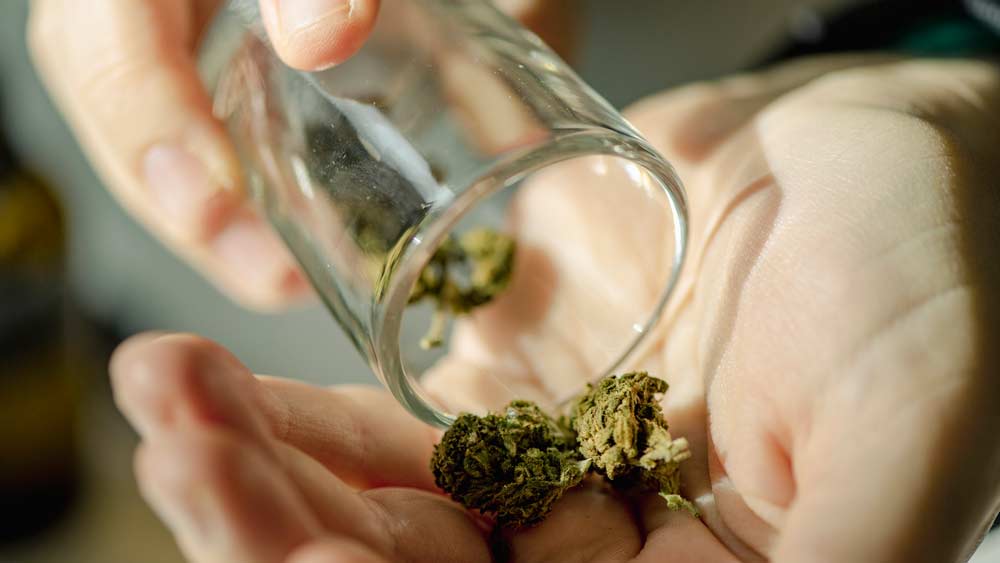
May 7
Exploring Cannabis as a Pain Management Solution: What You Need to Know
READ TIME: 4 MIN.
Are you tired of living with chronic pain? Is your current pain management solution not providing the relief you need? Maybe it's time to consider an alternative option - cannabis. In recent years, cannabis has gained attention as a potential solution for managing pain. In fact, studies have shown that cannabis can be effective in alleviating pain associated with conditions such as arthritis, multiple sclerosis, and cancer.
But before you jump on the cannabis bandwagon, it's important to understand what you need to know about this controversial plant. In this article, we will explore the use of cannabis as a pain management solution, looking at its potential benefits, risks, and legal considerations. We'll also delve into the various forms of cannabis available, including both CBD and THC options, and discuss their effects on pain relief. So if you're curious about whether cannabis could be the answer to your pain problems, keep reading to find out more.
Understanding the Science Behind Cannabis and Pain Relief
Cannabis contains compounds known as cannabinoids, which interact with the body's endocannabinoid system. This system plays a crucial role in regulating various functions, including pain perception. The two most well-known cannabinoids found in cannabis are THC (tetrahydrocannabinol) and CBD (cannabidiol).
THC is the psychoactive compound responsible for the "high" associated with cannabis use. It works by binding to cannabinoid receptors in the brain and nervous system, altering the perception of pain. CBD, on the other hand, does not produce psychoactive effects. Instead, it interacts with different receptors in the body, potentially reducing inflammation and providing pain relief.
Research has shown that both THC and CBD can be effective in managing pain. However, the specific mechanisms by which they work are still being studied. It's important to note that cannabis may not work the same way for everyone, and individual responses can vary.
Different Types of Cannabis Products for Pain Management
When it comes to using cannabis for pain management, there are various options available. The most common forms include:
It's important to consider your personal preferences, lifestyle, and desired effects when choosing a cannabis product for pain management. Consulting with a healthcare professional or a knowledgeable budtender at a reputable cannabis dispensary can also provide valuable guidance.
Potential Benefits and Risks of Using Cannabis for Pain
Cannabis has been reported to provide several potential benefits for pain management. These include:
Reduced inflammation: CBD, in particular, has anti-inflammatory properties that may help reduce pain associated with inflammation.
While cannabis can provide potential benefits for pain management, it's important to be aware of the potential risks as well. These may include:
How to Choose the Right Cannabis Product for Your Pain Needs
Choosing the right cannabis product for pain management, like a hybrid weed strain, can be overwhelming, given the wide range of options available. Here are some factors to consider:
CBD-dominant products are a suitable option for individuals who want to avoid the "high" associated with THC.
Experimenting with different products and dosages, under the guidance of a healthcare professional, can help you find the most effective cannabis solution for your pain needs.







